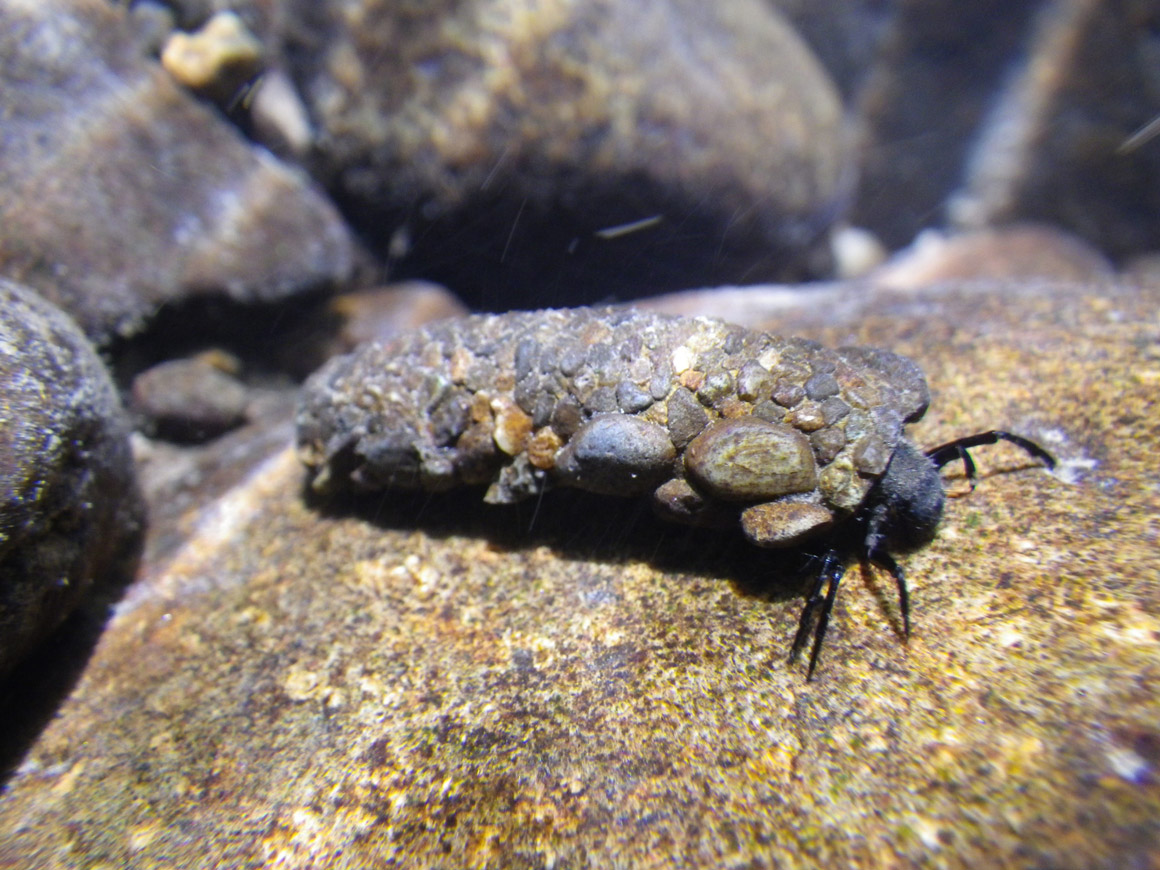Special Announcement: The Stormwater Strategic Initiative Leads (SILs) solicitations for competitive Request for Proposals (RFPs) have been released. Click here to learn more
Freshwater is the lifeblood of the Puget Sound watershed. There are six major watersheds that feed into Puget Sound, along with roughly 10,000 rivers. It is a vital resource for communities and wildlife, and the basis of a healthy and thriving food web that supports culturally iconic salmonid species and other aquatic organisms.
Continuing land use changes which transform natural areas to hardened ones with more intensive uses and impervious surfaces, have reduced intact forested ecosystems that protect freshwater quality and increased polluted stormwater runoff into freshwater systems. It is crucial to plan and take actions to maintain freshwater quality where water quality standards are being met, and to improve freshwater quality where it is impaired, to ensure a healthy and resilient Puget Sound.
Why is Freshwater Quality Important?

Photo Credit: King County
The Puget Sound region has seen tremendous changes since the mid-1800s and continues to face development pressures as people flock to this beautiful region. Over the years land use changes have replaced forested lands with agricultural and urban developments, leading to altered stream flows, sedimentation, warm water temperatures, removal of streamside vegetation, and an overall decline of many freshwater systems.

Photo Credit: TNCErica Simek Sloniker
These changes have massive impacts to aquatic communities and threatened species at every trophic level. Declining freshwater quality also poses huge risks to small communities and can create hazardous flood conditions.
Benthic Index of Biotic Integrity (B-IBI) is a measurement of stream health based on the abundance and type of macroinvertebrates present is stream and river systems. Stream macroinvertebrates (insects, snails, worms, etc.) live in stream beds and vary in their sensitivity to environmental stressors. This quality makes them an excellent indicator species, as high freshwater quality streams support a diverse group of macroinvertebrates and therefore have high B-IBI scores.
The Freshwater Quality Implementation Strategy, also referred to as B-IBI Implementation Strategy, is based on using B-IBI as a measure for stream health.
How do We Get to Where We're Going?
Many jurisdictions lack the capacity, in terms of personnel and/or expertise, to implement effective stormwater management programs. Lacking capacity limits local governments ability to address the impacts of stormwater on a local and regional scale. By improving funding, staff capacity, and availability of decision support tools, stormwater managers will have increased capacity to address stormwater issues.
Rivers, streams, and associated watersheds are unaffected by jurisdictional boundaries. Because of this it is vital to promote multi-program and cross-jurisdiction partnerships when planning restoration and mitigation activities. Instead of focusing on a local level, cross-jurisdictional partnerships will allow the entire watershed to be evaluated for restoration and protection activities. This increases the maximum benefit of the implemented project and increases watershed resilience.
Past developments were built without proper stormwater controls to mitigate the impact of increased runoff. Currently major developments are generally required to construct stormwater controls, but this is not the case in most private residences. The goal of this strategy is to educate landowners and incentivize stormwater retrofits and source control activities on their property that reduces pollutants from entering freshwater. This includes encouraging habitat restoration on privately owned properties to improve in-stream and wetland habitats.
Stream water quality has a direct correlation with the extent of development in a given watershed. In general, the more developed the watershed, the more impacts we see in stream water quality. The goal of this strategy is to reduce the risks of forests and agricultural areas from being converted into urban or suburban land uses. By reducing the risk of conversion in these working lands, we can prevent the development of more intensive land uses that negatively affect water quality. This strategy is considered draft due to its cross-cutting nature and need for additional work across many Vital Signs (estuaries, floodplains, salmonids, etc.).

